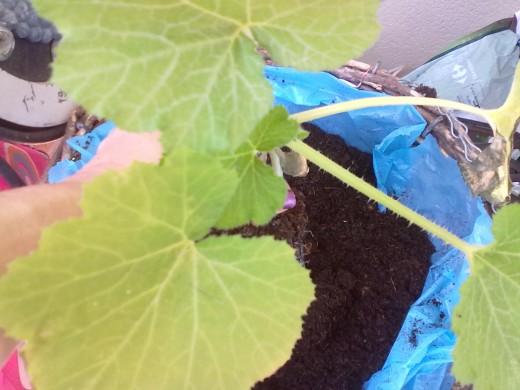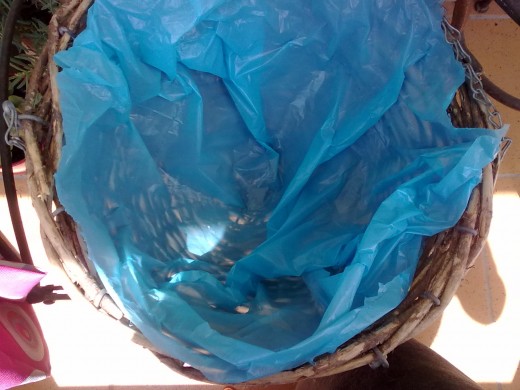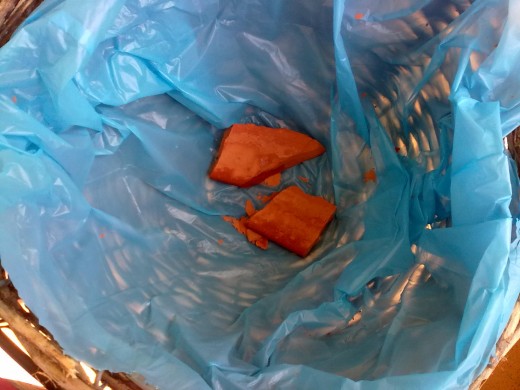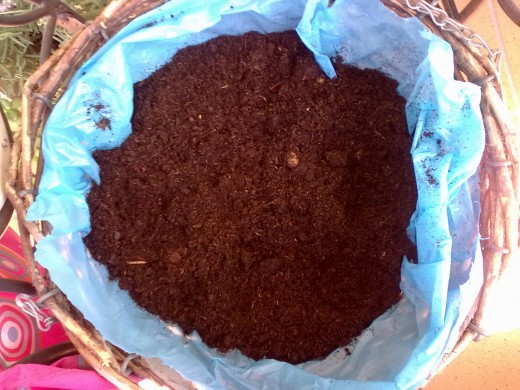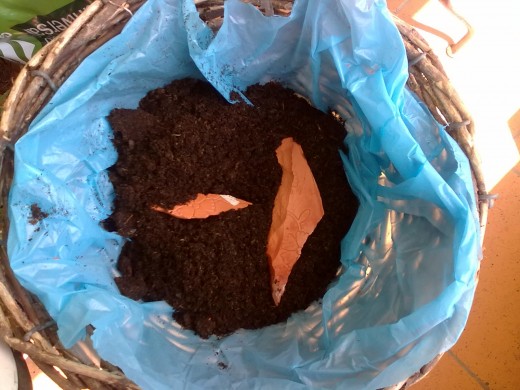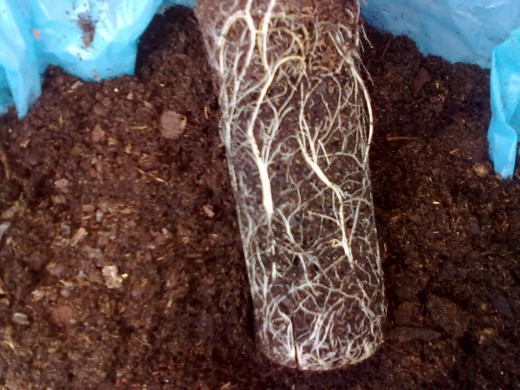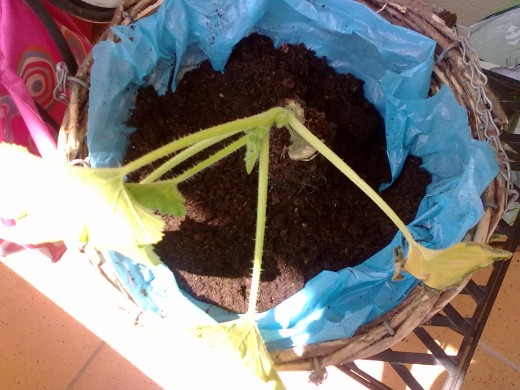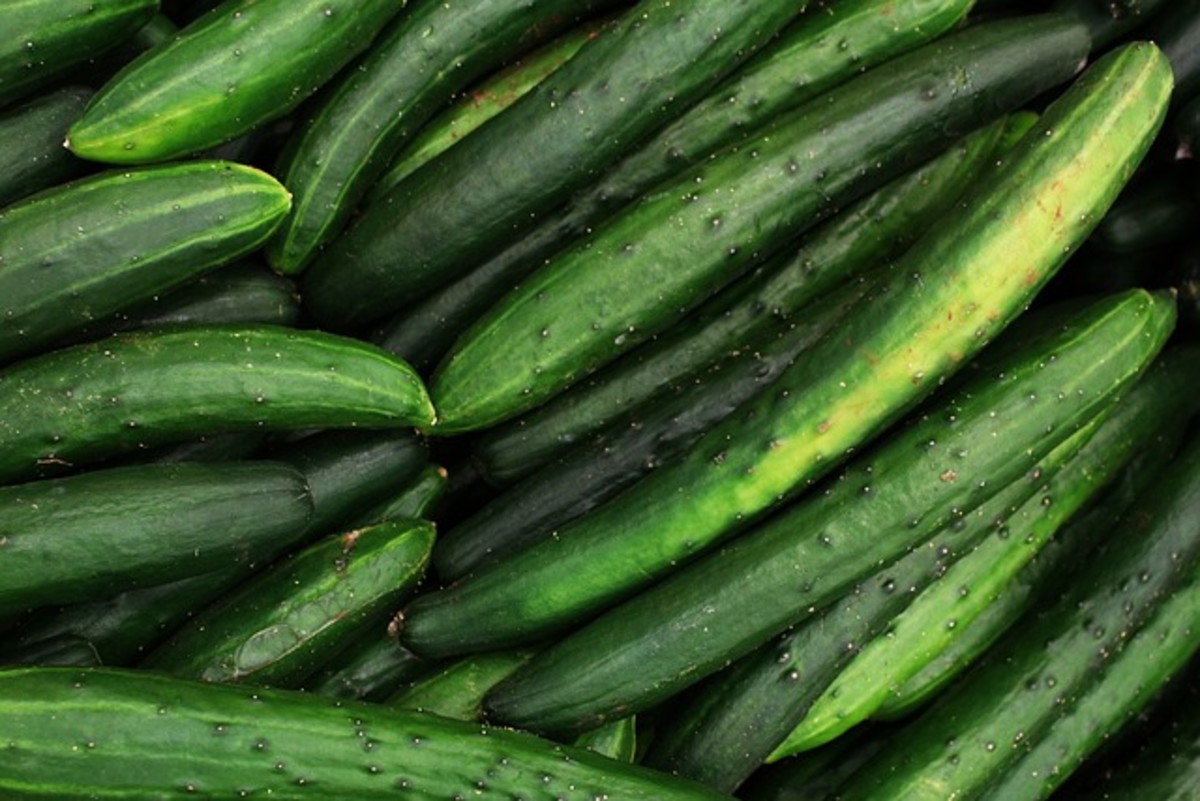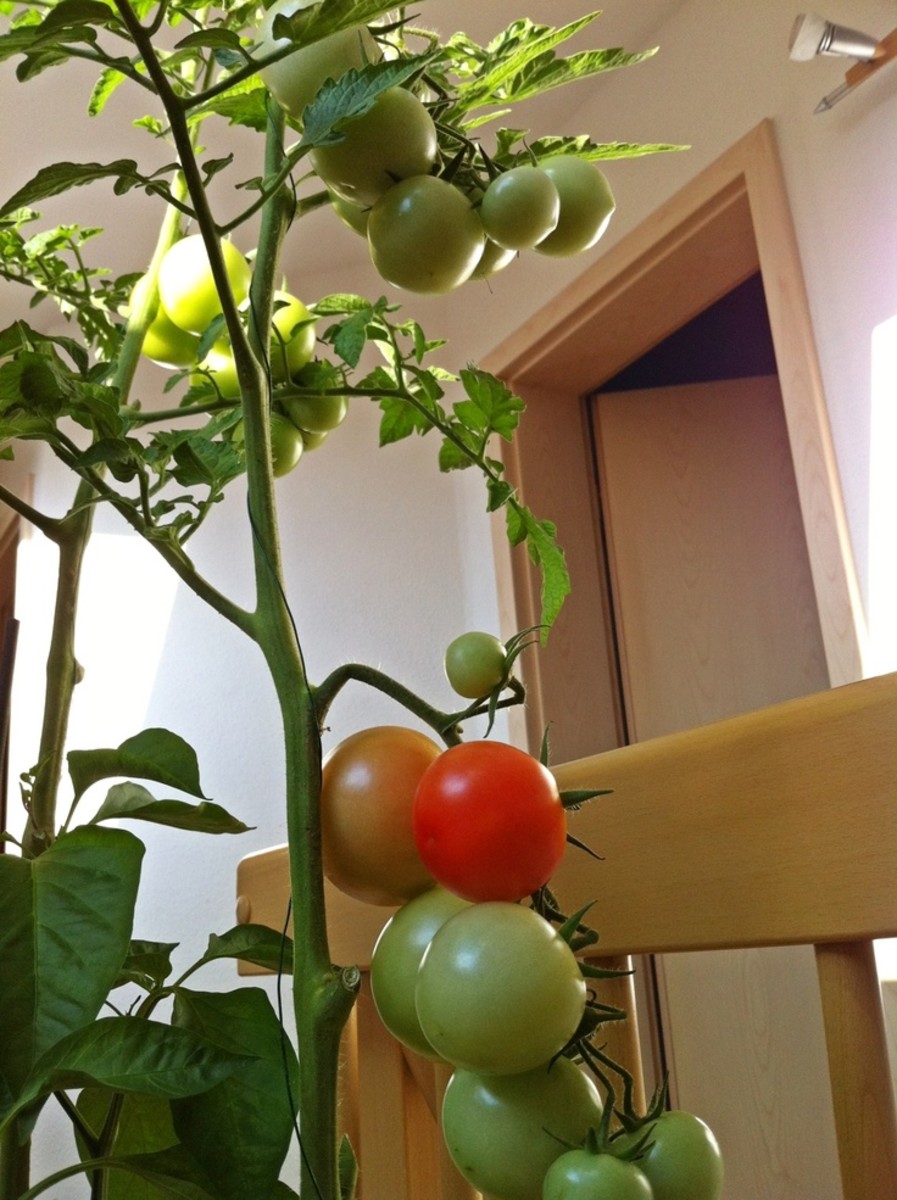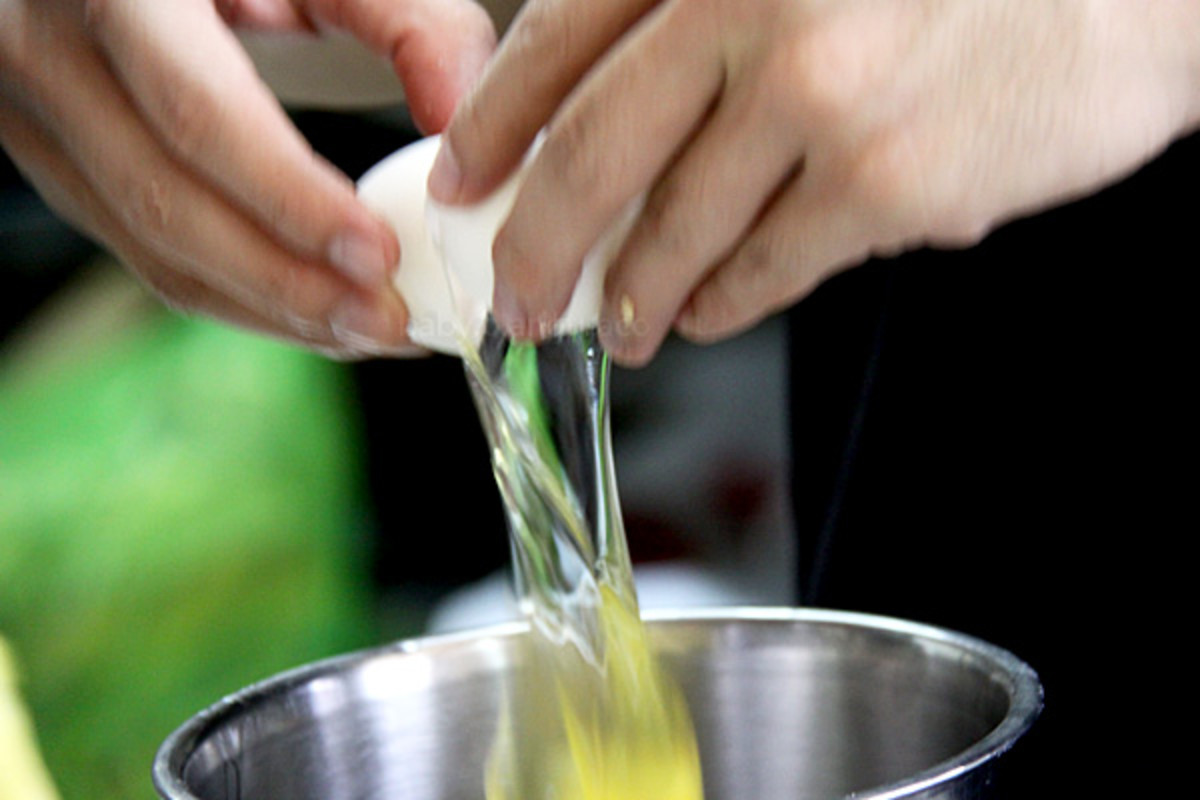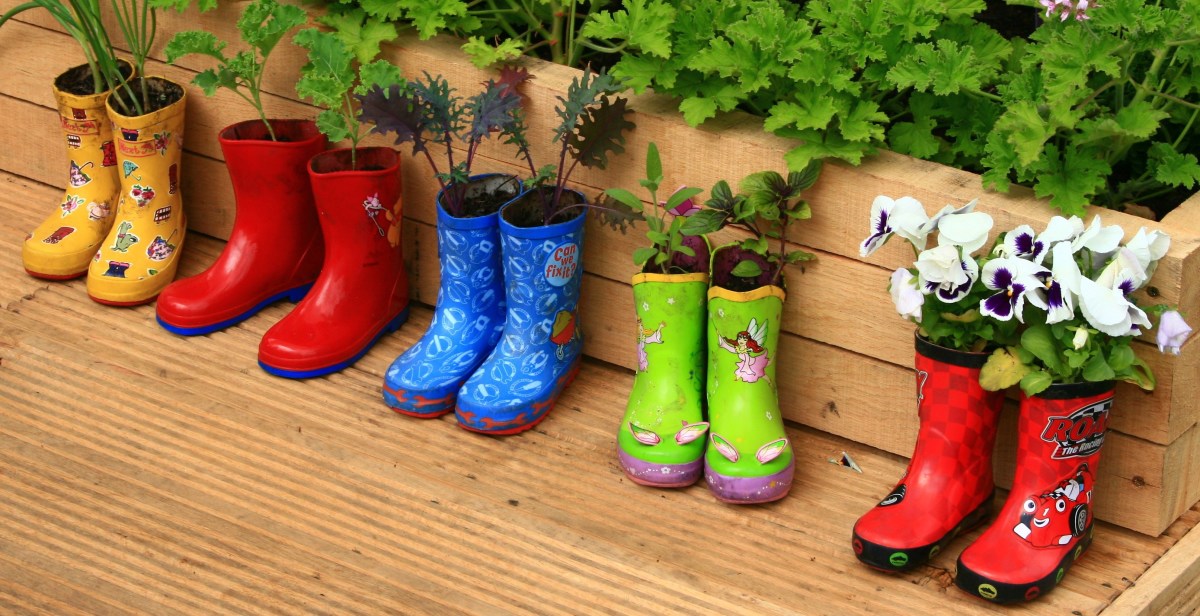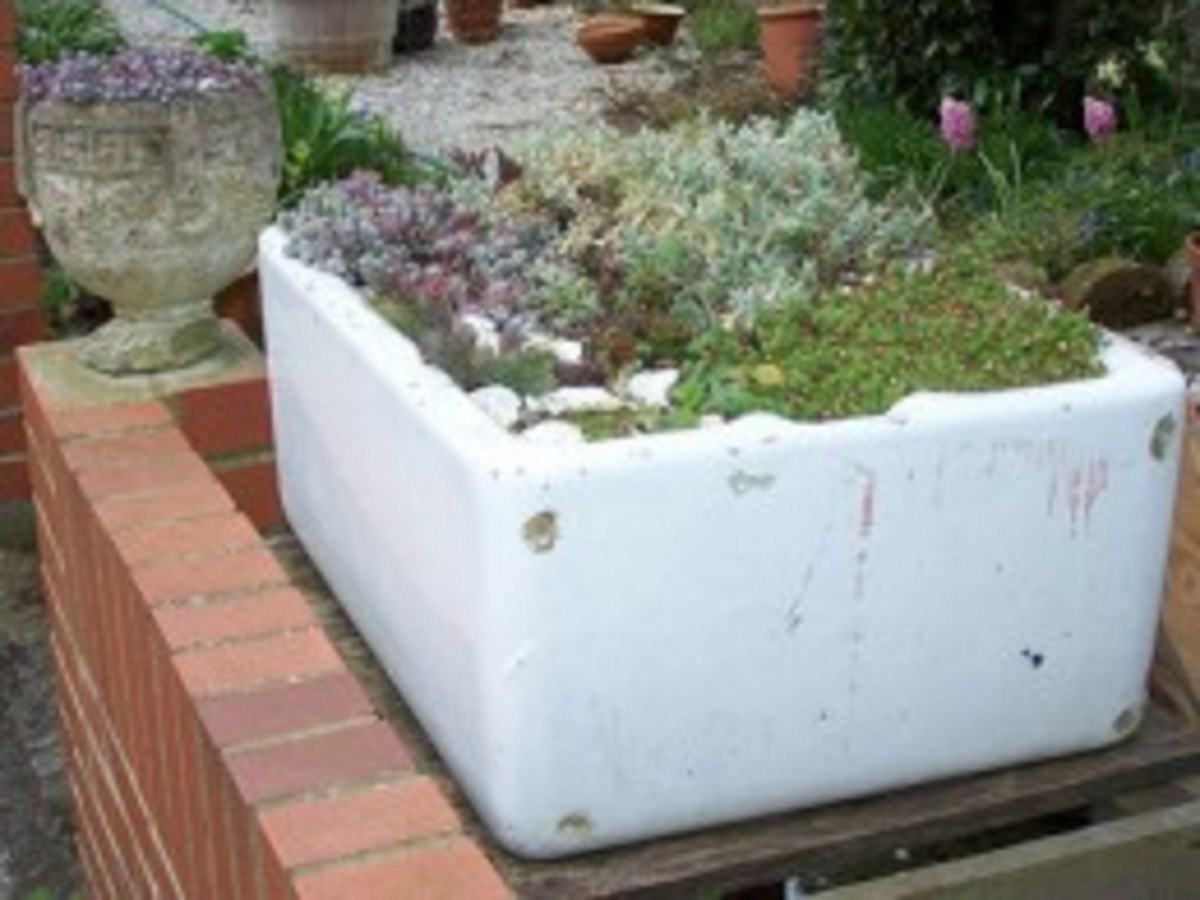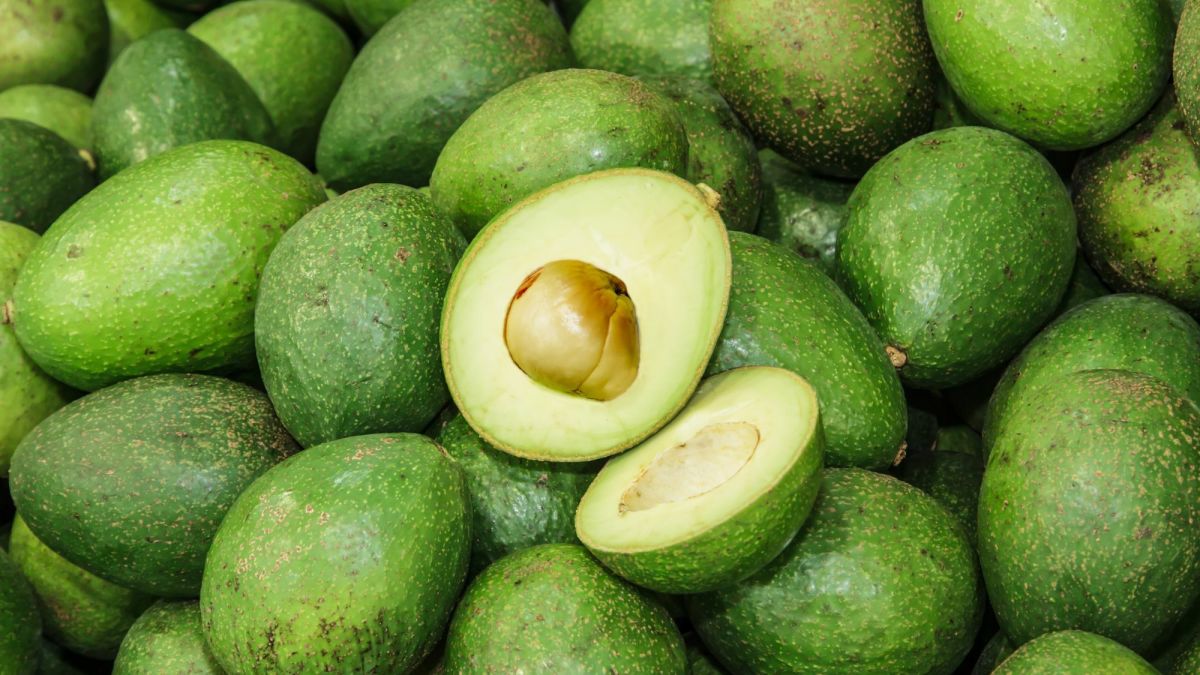How to Create and Grow a Vertical Garden: Easy To Follow Guide on Vertical Gardening
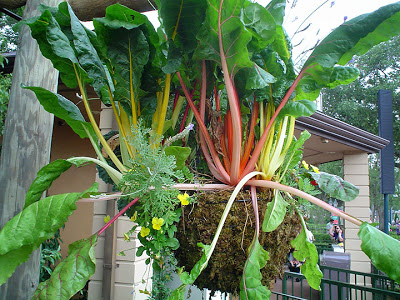
How to Create a Hanging Garden
Hanging gardens are the perfect way to show off your flowers and plants when you live in a small space. Vertical and hanging gardens are becoming more and more popular as we live in increasingly crowded urban areas. A hanging garden can be just as versatile as your average garden, and there are many ways that you can easily create and cultivate a hanging garden.
Grow a Salad in Your Hanging Basket
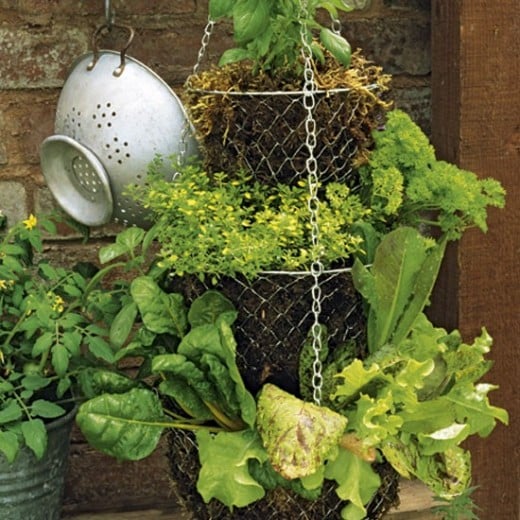
How to Create a Vertical Garden Food Source From Scratch
One way to look at your hanging garden is as a food source. Fresh fruits and vegetables are vital to good health, but in cities more often than not food is transported in from commercial producers. This means that fruits and vegetables are often less fresh and lower in nutrients than their locally or home produced equivalent. growing fruit and vegetables in your own hanging garden is an excellent alternative to supermarket fruits and vegetables. The trick is to know how to cultivate your hanging garden.
The most important fact to bear in mind is which fruits and vegetables are suitable for a hanging garden. There are now some excellent varieties of vegetables that are happy to grow in hanging baskets. New hybrids of tomatoes and peppers seem to do well in hanging baskets, and with very little care they produce in abundance. If you are more interested in growing fruits, or adding fruits to your garden, take a look at strawberries and blue berries. Herbs are another versatile plant to add to your hanging garden. Many creeping herbs such as rosemary do very well in hanging baskets.
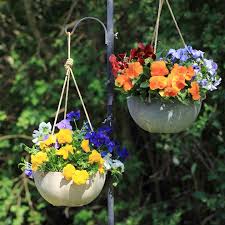
Let Your Garden Feed You
Would you be prepared to spend time and effort on growing your own fruit and vegetables?
Hanging Pouches
Hanging baskets are probably the easiest way to grow fruits and vegetables but there are alternatives such as pouches. For hygiene reasons, you should not put your plants too close together. Having some space between each basket, or pouch allows for the circulation of air which helps to keep your garden healthy. Watering is a concern when it comes to cultivating hanging gardens. However, there are now special systems that will allow you to lower the baskets for watering. Alternatively, you can put a drip feed system in place but do remember fruits, vegetables and herbs must be harvested as well.
Fruits and vegetables that can easily be grown in a vertical garden:
Cherry tomatoes
Blueberries
Strawberries
Peppers
Smaller Cucumber Hybrids
Peas
Beans
Lettuce
Swiss Chard
Spinach
Curly Kale
Radishes
Zucchini
Rhubarb
How to Plant Up a Hanging Basket with Photos
Click thumbnail to view full-size






How to Plant Up Your Hanging Basket
- Start by lining your hanging basket with plastic material or moss.
- Place two broken unglazed terracotta chards in the bottom
- Cover terracotta chards with compost
- Place two more terracotta chards in the basket and cover with compost
- Work from the middle outwards ( This is a zucchini plant so I am only placing one plant in the middle of the hanging basket
- Cover with compost, water and hung up your basket
Top tip: Make sure the roots are well developed so the plant is off to a good start.
Easy to Start With Plants for Hanging Basket
General
| Vegetable
| More Experience
|
|---|---|---|
Geranium
| Tomato
| Yasmine
|
Lobelia
| Beans
| Orchids
|
Pansy
| Rhubarb
| Pitcher Plants
|
Grow a Climbing or Trellis Plant in a Hanging Basket
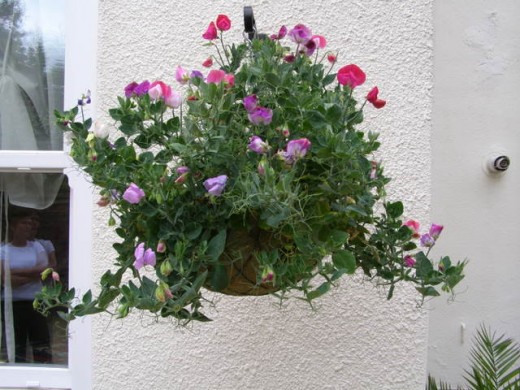
Best Climbers for Hanging Baskets
Clematis
Climbing Roses
Bougainvillea
Honeysuckle
Sweet peas
Ivy
Yasmine
Climbers Love Hanging Baskets
If you are not keen on growing fruits and vegetables there are some excellent alternatives. Some of the traditional climbers such as honeysuckle and bougainvillea are also perfectly at home in hanging baskets. Of course, you can grow and cultivate the traditional hanging basket plants such as geraniums but why not be a bit more experimental.
Most climbers suitable for hanging baskets can easily be found in garden centers or nurseries and are also very easy to look after. They do require quite a bit of water but using easy tricks for water retention will make the job easier.
If you do want to experiment with climbers in your hanging baskets, it is always best to plant just one type.
Orchids and Carnivorous Plants in Hanging Baskets
Tropical Plants in Hanging Baskets
If you live in a warmer climate but would still like to cultivate a hanging garden, you should take a serious look at some of the tropical plants. There are some plants which naturally grow in trees, and just love swapping their trees for a hanging garden.
Plants species such as Bromelias and orchids are just as much at home in hanging baskets as they are in trees. If you are fortunate enough to live in a warmer climate you can also add air plants and carnivorous plants to your display. Carnivorous pitcher plants especially like hanging baskets, and are also an excellent form of pest control. The species Nepenthes do particularly well when grown in hanging baskets.
Other tropical plants will love hanging baskets are orchids and Bromelias. Both orchids and Bromelias grow in the tree canopy and often anchor themselves to a tree with the help of composted leaf material and moss.
Best Soil for Hanging Baskets
Hanging baskets only contain a small amount of soil so it is very important to invest in a good quality soil or compost. There are many different types available and some even contain water retaining granules. One of the best choices is always an organic soil or compost.
If you can’t find water retaining granules, use broken bits of unglazed terracotta pots and they will help to retain moisture. Not only do unglazed terracotta helped to retain water but it also gives support for the root system as roots will “grip” the terracotta.
Ho to Increase Water Retention
Water retention is very important. There are a few different ways of increasing water retention.
- Water retention granules
- Unglazed terracotta
- Water retaining beads
I have tried all three and I still find the old fashion way of using unglazed terracotta works the best. Water retention granules do not seem to “agree” with all plants, and especially fruit and vegetable seem to grow less well with water granules.
Tomatoes are especially keen on unglazed terracotta and seem to really thrive when they can share the basket with some terracotta. Terracotta is after all a natural material.
Slow Release Hanging Basket Fertilizer
Feeding hanging baskets
Of course, if you are growing tomatoes in your hanging baskets you need to give them tomato feed. Feeding hanging baskets plants in general is not very difficult. Slow release fertilizers are the best approach and most of them are now very good.
Alternatively you can save all the water from boiled or steamed vegetables. This is an excellent natural alternative, and many container plants seem to do very well on this natural source of nutrients.
Pitcher Plant
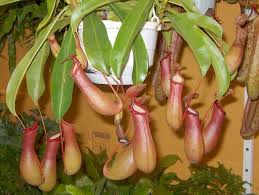
Finally, just as in your average garden caring for your plants is important. Make sure that when you plan your garden you do not only get the right plants but you can look after them as well. Hanging gardens also need tidying, and the plants will have to rely on you for their nutrition. Feeding plants in hanging baskets correctly is just as important as making sure they get the right amount of water. If you do a little bit of planning you will be able to cultivate a hanging garden which is yours to enjoy for many years to come.
© 2014 Anette Kelf


